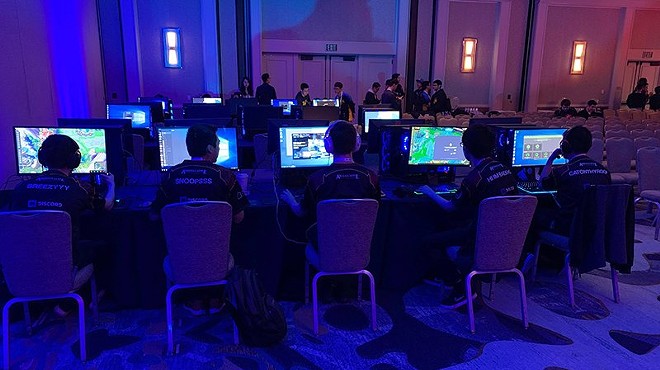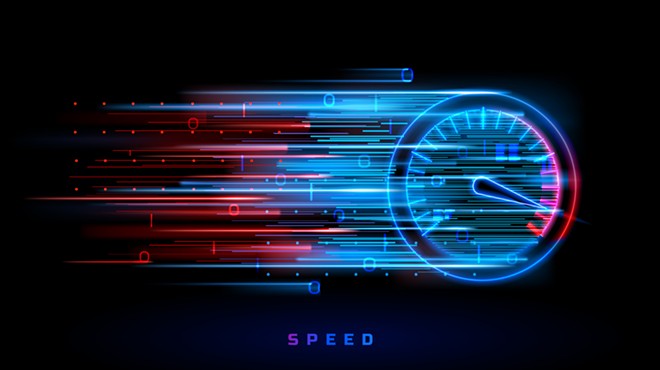Monday, February 21, 2011
Marvel vs. Capcom 3: Fate of Two Worlds Review
After over 10 years of waiting, Marvel vs. Capcom 3 is finally here, bringing us updated chaotic three on three battles with a revamped look and refined controls. The core experience is just as over-the-top and chaotic as ever, but is that enough to enthrall gamers after a decade of waiting?
Capcom completely overhauled and re-imagined the presentation of the Marvel vs. Capcom series, rendering the sprites of its predecessors in a comic-inspired 3-D universe that is similar to Street Fighter 4. Die-hard fans may feel betrayed by the stark change in graphics, but it works in the game’s favor. Characters and environments are rendered in a beautiful comic book style cell-shading. Texture detail was sacrificed for the effect, but the rich colors and many graphical effects, particularly for the insane hyper moves, complements the action well and provides a lot of eye candy for players. Characters also move fluidly, and the frame rate remains rock-solid through every punch and kick.
Fans who are worried that Capcom has lost their way with the series will be please to hear that Marvel vs. Capcom 3 is still very much an arcade experience through and through. Everything from the menu layout to the voices of the announcers during fights harkens back to the days of arcade cabinets. The score also references back to old arcade sounds, with songs both old and new to the franchise driving the action forward with its techno-pop influenced composition.
The arcade-centric focus doesn’t always work in the game’s favor, however. There’s a complete lack of story in single-player mode, despite the eclectic group of characters in the game. Each character has its own ending, but they’re all presented as static comic-book pages, and they’re very short. Players may argue that cut scenes wouldn’t add anything to the game, but after watching the epic introductory cut scene that plays in the beginning of the game, I feel kind of cheated that there was no attempt to flesh out character stories.
Controls remain just as tight as ever in Marvel vs. Capcom 3 as they have in previous games, but some fundamental mechanics have changed. The four main attack buttons for punches and kicks have been changed to light, medium, heavy and special. Character assists have also been changed from pressing punch and kick simultaneously to the L1 and L2 buttons (on PS3). The changes for the most part are small, but it will take seasoned veterans some time to get acclimated to the slightly differently control mechanisms
Fans of the series know that the vs. series have always been a breed of their own among other fighter classics. All of the fine-tuning and balance Capcom meticulously crafted for Street Fighter 4 was chucked out the window for a chaotic fighting system based on stringing together crazy combos to ensure that there is never a moment free of violent mayhem onscreen. Perfect timing and precise button combinations can lead to an inescapable combo that can kill opponents without a chance to fight back.
Marvel vs. Capcom’s fighting system of various attack, special, hyper and assist buttons can make it a daunting fighter to approach for newcomers, but Capcom crafted a new control scheme to ensure that new players can stand their own against veterans so they won’t have to resort to button mashing to stay alive. The “Simple” mode basically allocates the three attack buttons into one. Hyper moves are also allocated to a single button instead of forcing the player to remember button combinations. In “simple” mode, players won’t have as much control over their character’s moves, and they will lose some of the more powerful moves altogether. It’s an easier method of control, but it cripples those who use it just enough to where it doesn’t become an unfair advantage.
Variety in play style is a key factor in Marvel vs. Capcom 3, and it is one of the main reasons why the game is so fun to play. No two characters play the same, and you can spend countless hours trying out new character combinations. Marvel vs. Capcom 3 features a roster of 36 playable characters, a substantial step down from its predecessor’s 56. What the game lacks in quantity, however, it makes up for in quality. Capcom revamped classic characters and pulled out some more obscure and lesser-known characters from Capcom’s and Marvel’s past. New and unsuspecting characters like Amaterasu are surprisingly fun to play as, but there are some glaring omissions in Marvel vs. Capcom 3’s roster. Although Zero has been added from the Mega Man X series, Mega Man himself is nowhere to be seen. Venom is another fan favorite that didn’t make the cut. New characters may come in a future update or as downloadable content, but as it stands right now, the roster feels half-empty.
That feeling carries out throughout other parts of the game as well. Capcom nailed the core fighting experience in Marvel vs. Capcom 3, but they overlooked nearly everything else. There’s a jarring omission of extra modes and challenges for gamers that were included in Tatsunoko vs. Capcom last year. Once you get the four locked characters and play through Mission Mode, there’s little else to keep gamers coming back once they tire of the core experience. Online play brings ranked and unranked matches to the table, as well as the ability to allow random game requests during single-player mode. I didn’t experience any lag during any of my online sessions, but if you’re dealing with a particularly slow connection, then you can compensate by training in certain latency conditions in training mode.
Marvel vs. Capcom 3 is a fantastic fighting game, and there is little if anything to be truly disappointed about iregarding ts core experience. Capcom successfully breathed new life into old characters and made newcomers a blast to play. The addition of “Simple” mode also makes the game more accessible to a new generation of fighters. However, tomissions of extras such as survival mode, extra stages, more characters and a more fleshed-out single-player campaign make it difficult to ascertain how long players will stay interested in the game.











